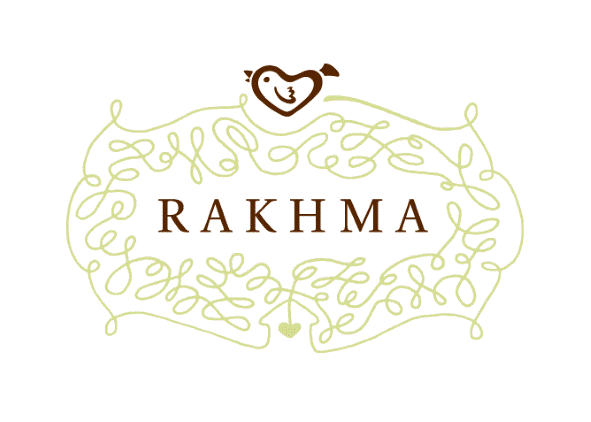Rakhma Indoor Visitation Process
Rakhma will coordinate indoor visitation and activities during the COVID-19 pandemic as well as to establish clinical and safety circumstances that require a return to more restricted visitation and activities.
County Positivity Rate:
MDH: https://www.health.state.mn.us/diseases/coronavirus/stats/index.html
Rakhma will review the Weekly Test Rate by County of Residence found in the link below and download the Weekly Percent of Tests Positive by County of Residence (CSV) file. Downloadable data file: Weekly Percent of Tests Positive by County of Residence (CSV). Adding the numbers of the two most recent weeks in your county (Hennepin/Ramsey) and divide by two to determine the 14-day county positivity rate.
Facility-Onset / New-Onset:
Facility-onset COVID-19: A current resident or staff person develops signs and symptoms or tests positive for SARS-CoV-2. This does not include newly admitted residents; including new residents who develop symptoms within the 14-day quarantine period.
PROCEDURE:
1. Rakhma will utilize county positivity rates and COVID-19 positive status of the community to determine if indoor visits can be facilitated
If the county positivity rate is 10% or greater (red county), indoor visits will be suspended with the exception of compassionate care visits and essential caregiver visits.
If there is a new onset COVID case in a resident or staff member within the last 14-days, indoor visits will be suspended
2. The Director of Operations will check the positivity rate every other week to continuously evaluate indoor visitation status.
3. If the county positivity rate is less than 10% (red county) and there are no new onset cases of COVID-19 in the setting in the last 14-days, indoor visitation can be facilitated. There may be rare circumstances where other factors would contribute to a hold on indoor visitors except compassionate care visits and essential caregiver visits. These criteria will be reviewed on every other week basis and as needed.
Required for Consideration - moving to Indoor Visitation
a) No resident or staff case of COVID-19 for the past 14 days
b) Case activity level in county: less than 10% positivity rate in county
Additional Factors for Consideration: Will use cautiously:
c) Adequacy of staffing
d) Universal source control access
e) Access to sufficient PPE
f) Local hospital capacity
g) Adequate screening procedures for staff and visitors
4. Visitors will be required to adhere to infection prevention and control safety practices in order to enter the setting for indoor visitation. Visitors that choose not to follow the infection prevention and control safety practices may be asked not to visit.
Entry Screening: Staff will actively screen all visitors entering the facility for signs and symptoms of COVID-19, including a temperature reading, at a screening station prior to the visitor walking through the facility.
Visitor Sign-in and Out: All visitors are asked to sign in upon arrival to the facility. Visitors are asked to leave contact information when they sign in.
Hand Hygiene: Visitors will perform hand hygiene before walking through the building. Alcohol-based hand rub is available for persons visiting residents and signage is present throughout the facility for hand hygiene.
Facemask Required: Residents will wear a mask as tolerated, and visitors wear a mask or other face covering as determined by the organization at all times.
Limited Visitor Movement in Building: The visitor must take a straight path to the resident room. Visitors will be asked to minimize restroom use in the facility.
Residents with Roommates: Visits will be done outside of the room as often as possible.
Visitation Schedule: Visitors must call at least 24 hours in advance, to schedule visitation times. Please note that we may need to modify the time of your visit to limit the number of people with possible COVID in the home at one time. Visits should be limited to 1-2 hours in order to accommodate other requests.
Number of Visitors are Limited Per Resident: 1-2 visitors at a time with 2 visitors being the maximum allowed at a time.
Physical Contact is Not Permitted: Due to the risk of exposure, hugging, holding hands, kissing and other forms of physical contact is not allowed during visits. Physical contact standards may be different for compassionate care visitors or essential caregivers.
Restrictions for Children & Pets:
a) Visitors under age 12: are the responsibility of the adults who bring them, and children must comply with social distancing and face covering requirements.
b) Pets are not allowed during visiting
Social Distancing: All visitors must maintain 6 feet social distance.
Taking Residents Outdoors: Residents may accompany their visitors outside for a walk, maintaining 6 feet of social distance. Pushing a wheelchair is an acceptable activity while wearing PPE.
Prospect Tours: Visitors are permitted for a final controlled walkthrough tour of the facility for prospective residents.
5, Regional ombudsman will have access to residents for visits.
6. The Administrator, or designee, will communicate with residents, families, and visitors regarding policy and procedure changes and/or COVID-19 status in the building.
7. Compassionate care visits and Essential Caregiver visits will continue regardless of the county positivity rate or the COVID-19 status of the setting.
Examples of compassionate care situations beyond end-of-life include, but are not limited to:
· A resident, who was living with their family before recently being admitted to assisted living, is struggling with the change in environment and lack of physical family support.
· A resident who is grieving after a friend or family member recently passed away.
· A resident who needs cueing and encouragement with eating or drinking, previously provided by family and/or caregiver(s), is experiencing weight loss or dehydration.
· A resident, who used to talk and interact with others, is experiencing emotional distress, seldom speaking, or crying more frequently (when the resident had rarely cried in the past).
8. Appropriate cohorting procedures are in place and transmission-based precautions are maintained allowing acceptance of COVID-19 positive admissions. New COVID-19 + admissions will not affect indoor visitation practices.
